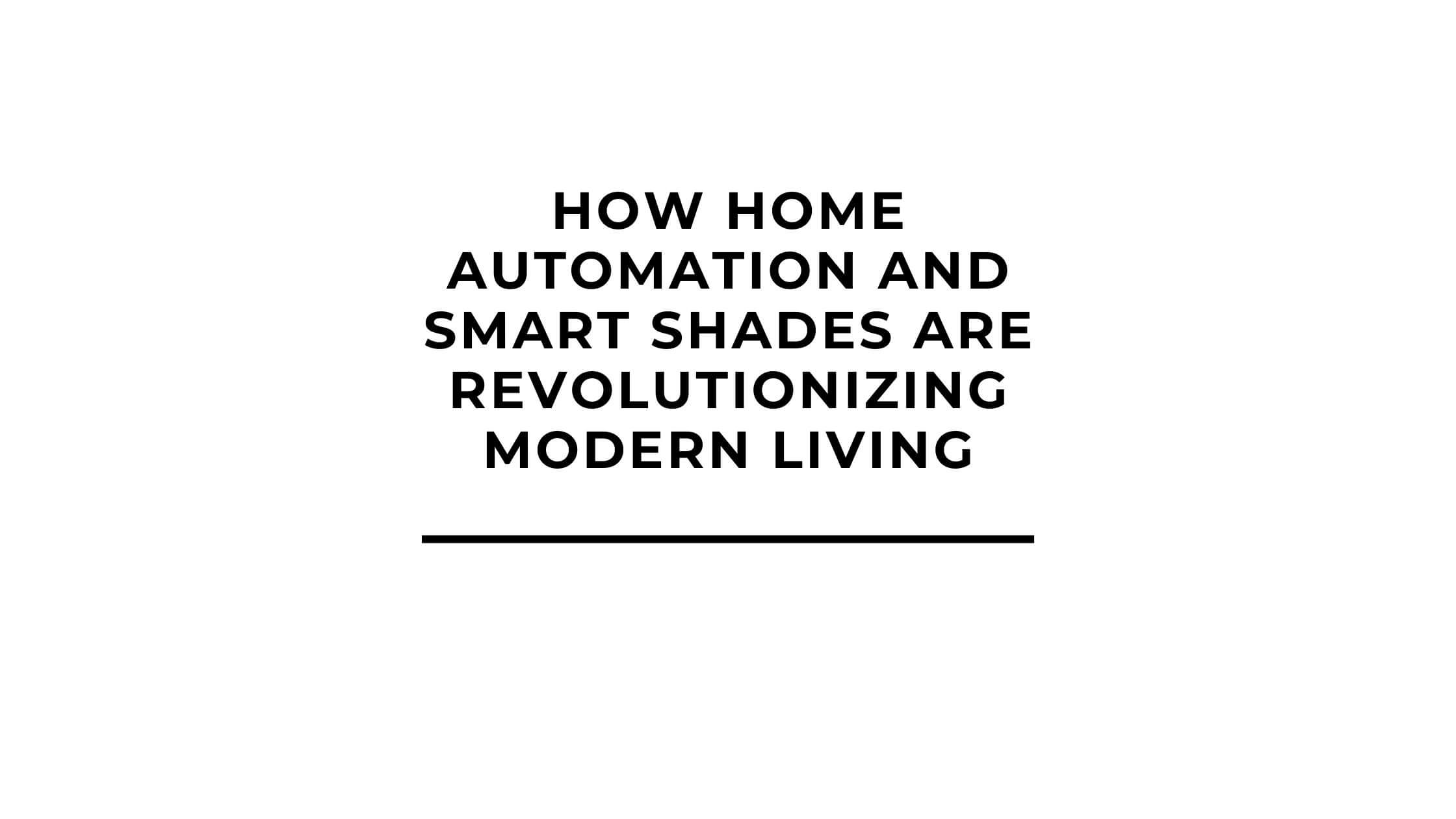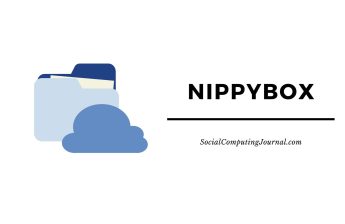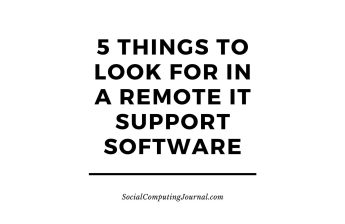Homes are no longer passive backdrops. They sense, adapt, and coordinate with the people inside them. The shift isn’t only about gadgets; it’s about creating domestic systems that reduce friction in daily life, support healthier routines, and respect privacy. When rooms respond to their context – such as time of day, occupancy, or activity – the result is a calmer baseline for work, rest, and social time.
Smart environments also change the way family members coordinate. Shared scenes replace scattered reminders. Lighting, temperature, and noise thresholds become collaborative settings, rather than a sequence of ad-hoc tweaks. Most importantly, intelligent controls lower the cognitive load of managing a household, freeing attention for the moments that truly matter.
Contents
From Routines to Outcomes: Smarter Workdays at Home
The most visible wins arrive when everyday tasks run themselves. A focused “work scene” can dim overhead light, activate a sit-stand desk, and nudge posture breaks automatically. Teams working remotely benefit from consistent cues – a home that signals start, focus, and wind-down helps protect boundaries that office life used to enforce. For a simple path into these setups, many households start with home automation to coordinate desks, lighting, and task reminders without stitching together five different apps.
A few small habits make these systems pay off quickly:
- Map scenes to activities, not rooms – “focus,” “family dinner,” and “sleep” translate across layouts.
- Tie posture and hydration prompts to light changes – ambient cues beat noisy alerts.
- Use geofencing sparingly – home behavior should respect proximity without feeling intrusive.
- Keep manual overrides obvious – one switch or voice phrase must exit any scene instantly.
The goal is reliability with graceful exits. When schedules shift, the home should step back cleanly, not trap everyone inside an automation that no longer fits.
Light, Privacy, and the Social Rhythm of a Home
Daylight drives mood, energy, and temperature. Smart shading turns those variables from a daily chore into background precision. Morning light can warm a kitchen before coffee, glare can fade during video calls, and evening scenes can balance privacy with a soft wind-down. Retrofitting windows avoids major renovations while delivering most of the benefit – an electric roller shade aligned to sunrise and sunset cuts manual adjustments and keeps rooms comfortable without constant fiddling.
Light control is also a social design. Transparent by day and private by night routines reduce neighbor visibility while preserving street connections. For families with different wake times, bedroom shades can fade up in 1-percent steps to prevent abrupt alarms. In living rooms, coordinated shade and lamp levels create a consistent cue for quiet reading versus lively gatherings, so the home’s mood matches the moment.
Accessibility and Aging-in-Place Benefits
Thoughtful automation expands independence. Voice or single-tap scenes help residents with limited mobility control hard-to-reach switches, tall windows, or heavy blinds. Adjustable desks support wheelchair access and shared workstations without tool changes. Door sensors paired with soft chimes can notify caregivers of movement at night without the need for floodlights or blaring alarms.
Safety should feel supportive, not supervisory. Low-light pathways reduce nighttime falls. Stove or iron reminders can trigger only when motion stops in the kitchen for a set period. For hearing-impaired residents, subtle light pulses can serve as an alternative to audio alerts. The common thread is dignity – the home assists quietly while leaving choices in the resident’s hands.
Energy, Comfort, and the Hidden ROI
Electricity use isn’t just a bill; it affects comfort and noise too. Window automation that tracks sun angle can cut AC cycles on bright winter days and reduce heater strain on summer afternoons. Coordinated scenes lower standby waste by shutting down idle peripherals and dimming task lighting to a calibrated baseline. Over months, these small gains add up – fewer start-stop bursts from HVAC, less screen glare that tempts brighter displays, and a steadier ambient temperature that makes rooms feel calmer.
Comfort metrics deserve the same respect as kilowatt-hours. Consistent brightness and gentle temperature slopes reduce headaches, eye strain, and afternoon fatigue. When the home’s background feels predictable, focus time stretches without forcing it, and unwinding doesn’t require a checklist.
Security, Data, and Trust That Scales
A connected home should not turn into a data free-for-all. Good setups start with a simple principle – minimum data for maximum function. Local processing where possible, clear permission prompts for cloud features, and role-based access for family members keep information safe and usage accountable. Logs should be transparent and easy to clear. When devices need updates, scheduled maintenance windows prevent surprise reboots during meetings or sleep.
Resilience matters as much as privacy. Scenes must fail gracefully – if the network drops, shades keep manual pulls, lights obey wall switches, and desks hold last height. Batteries are checked on a cadence. Backup routines ensure the home stays usable under imperfect conditions. Trust grows when the system behaves like polite infrastructure rather than a fragile toy.
A Calm Upgrade Path
Modern living rewards incremental change. Start with one or two rooms that carry the most cognitive load – usually the office and the primary bedroom. Establish dependable scenes, confirm that overrides are intuitive, and only then expand. Keep the device palette small, favor standards that play well together, and write down scene names, so visitors know what will happen when they tap a button.
Smart homes succeed when the technology is felt as an atmosphere, not a spectacle. Coordinated light. Quiet posture prompts. Predictable privacy at dusk. With a modest investment in planning and a focus on people over ports, everyday spaces begin to feel intentional – tuned to support work, rest, and time together with less effort and more ease.







